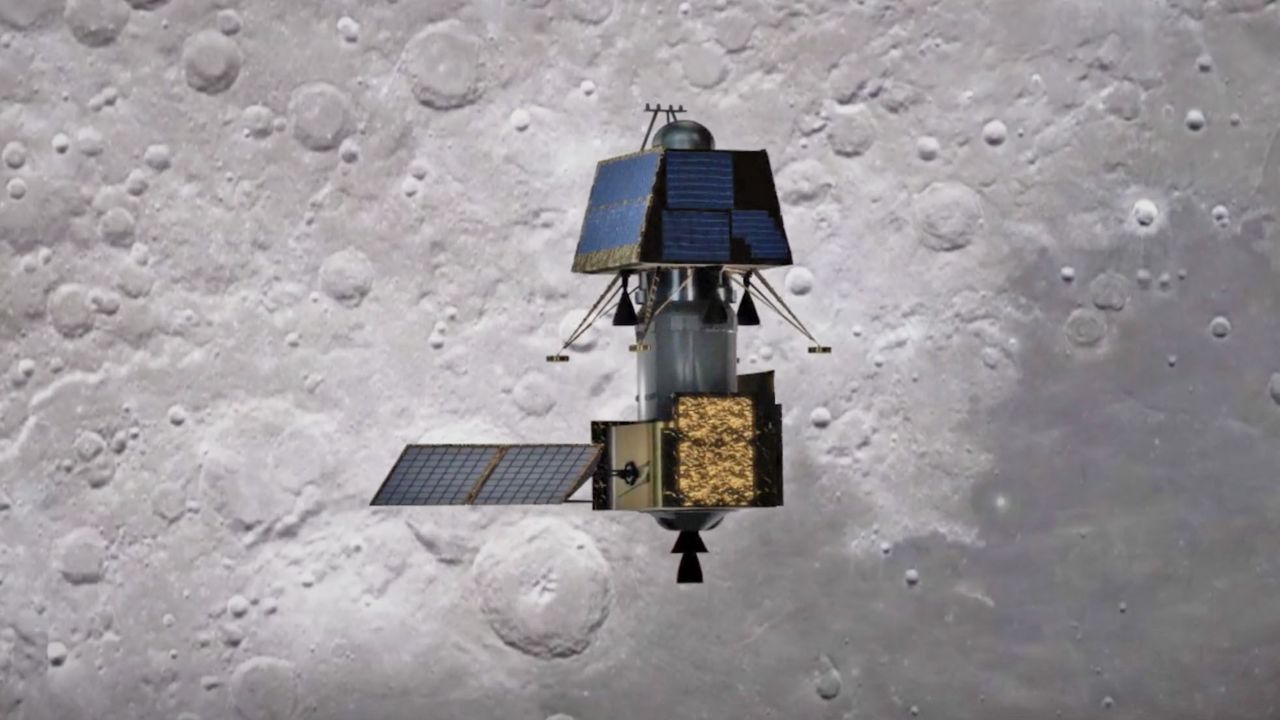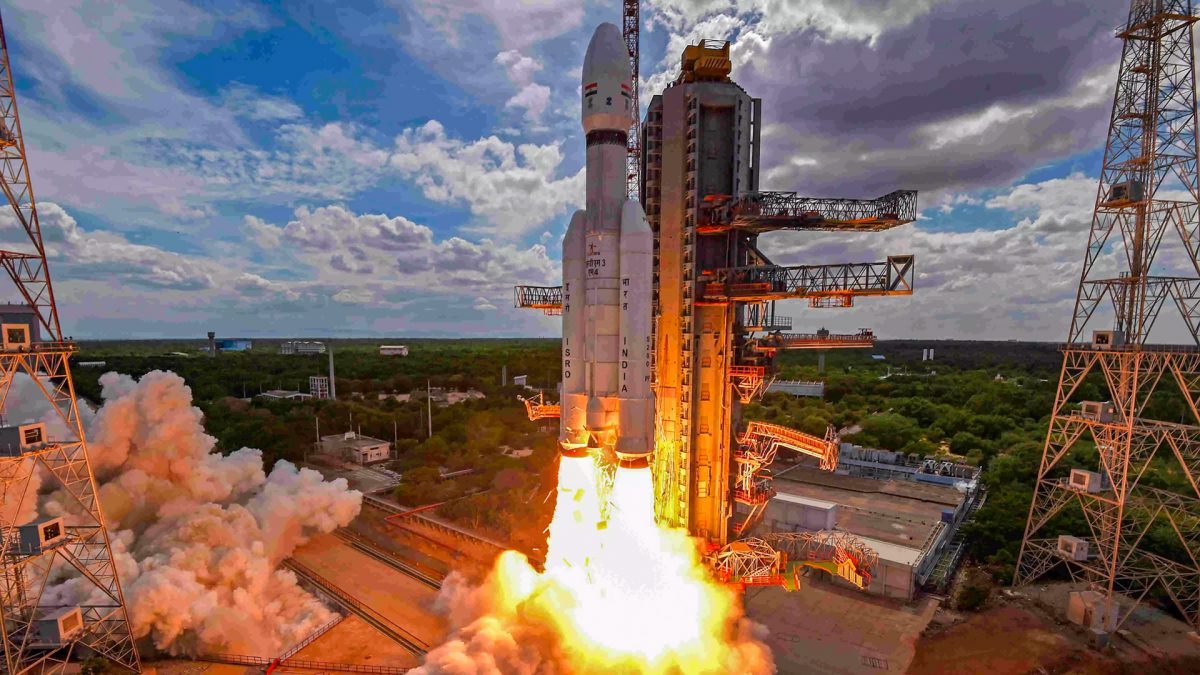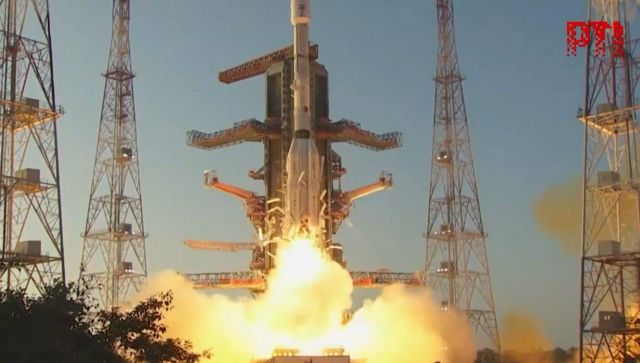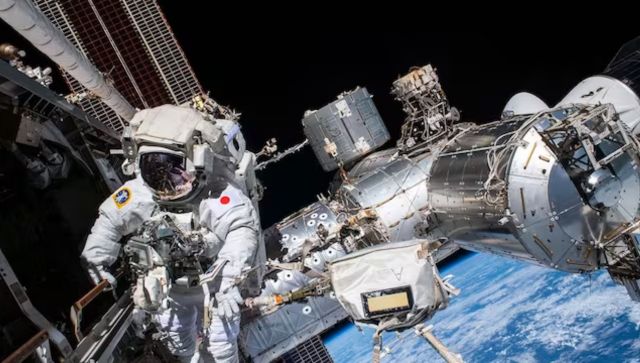The Indian Space Research Organisation (ISRO) has announced their intention to send a second mission to soft-land on the Moon by November 2020. In the agency’s first and recent attempt, which went awry on 7 September after a loss of communication with the landing module (consisting of a lander and a rover) resulted in a partial failure of the Chandrayaan 2 mission .
While the lander and rover are thought to have been destroyed in a crash landing, the mission is still survived by the Orbiter. The Chandrayaan 2 orbiter has several scientific, imaging and mapping instruments onboard, has captured its first three-dimensional map of a structure on the moon — an impact crater.
For the Chandrayaan 3 mission, as this second attempt has been dubbed, engineers and scientists at ISRO will design and build an entirely new lander and rover. Since the Chandrayaan 2 mission already has a functional orbiter that is currently in orbit around the Moon, Chandrayaan 3 will not feature an orbiter of its own, according to the TOI report .
In its stead, the lander and rover will be accompanied by an additional “detachable module” that packs the engine and fuel needed for the journey. This module will tentatively be called the “propulsion module”, the report adds. The Chandrayaan 3 mission will also feature fewer orbital manoeuvers than Chandrayaan 2, which had a total of 6 orbit raises around the Earth and the Moon.
After an uncomfortably long silence, the Indian Space Research Organisation (ISRO) had released images and the first scientific data from the Chandrayaan 2 mission, which is survived by the Orbiter. Captured by the Orbiter’s High-Resolution Camera (OHRC) from an altitude of ~100 km, ISRO shared that the images are the highest resolution visuals ever taken of the Moon.
The mission’s lander Vikram and rover Pragyan, which crash-landed on the Moon during a soft-landing attempt on 7 September, continue to be incommunicado with ISRO. A year and a few weeks from this first attempt, the Indian space agency has a second attempt planned.


)




)
)
)
)
)
)
)
)